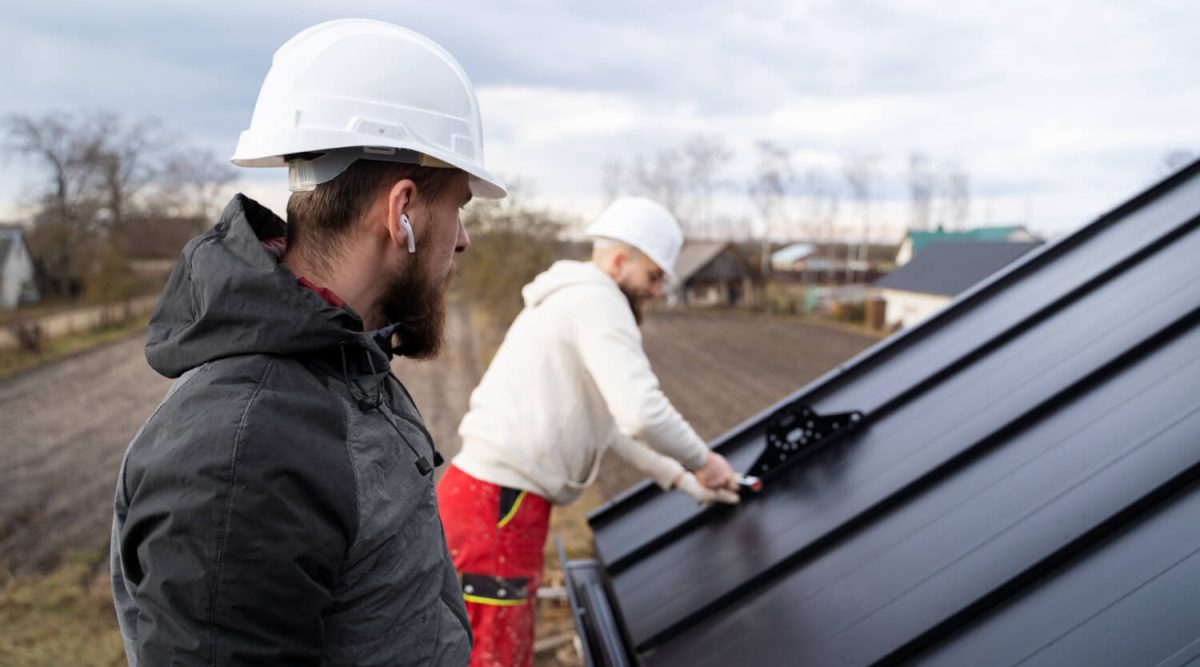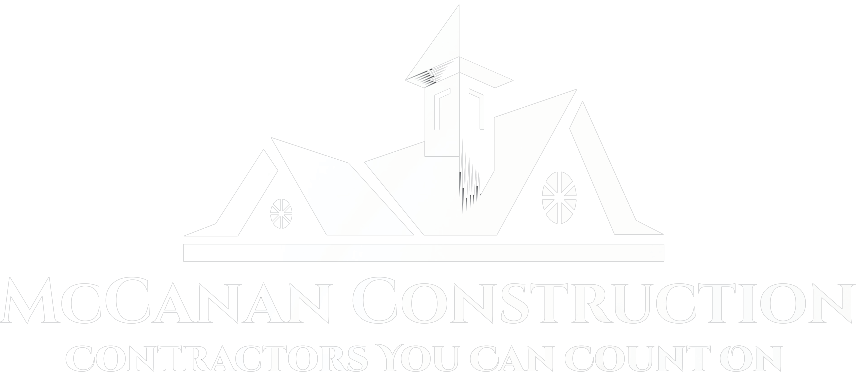When selecting a new roof, most homeowners prioritize factors like durability, cost, and appearance. However, the environmental impact of your roofing decisions is equally critical. Beyond shielding your home, your roof significantly influences energy efficiency and your carbon footprint. By choosing eco-conscious materials and designs, you can minimize environmental harm while creating a sustainable, energy-efficient home.
Comparing Roofing Materials: Balancing Durability and Environmental Impact
Roofing materials vary widely in their environmental footprints. Traditional options like asphalt shingles are cost-effective but come with downsides. Asphalt shingles are petroleum-based, contributing to greenhouse gas emissions during production. Their short lifespan also means more frequent replacements, leading to additional waste in landfills.
In contrast, materials like metal, clay, and slate are more sustainable. Metal roofs are highly durable, lasting 50 years or more, and are recyclable at the end of their lifespan, reducing landfill waste. Clay and slate tiles, though heavier and pricier, are natural materials with lifespans exceeding a century when properly maintained. Their longevity reduces the need for replacements, making them an environmentally friendly choice over time.
Cool Roofs: How Reflective Roofing Reduces Energy Use and Environmental Impact
A roof’s reflectivity directly impacts energy consumption. High-reflectance roofs, commonly known as “cool roofs,” reflect more sunlight and absorb less heat. This keeps homes cooler during hot months, lowering air conditioning needs and cutting energy bills. Examples include white or light-colored metal roofs, concrete tiles, and specially coated shingles.
By reducing cooling demands, reflective roofs also decrease greenhouse gas emissions linked to energy production. In warm climates, this feature significantly lessens the environmental strain of energy use, making cool roofs a smart choice for eco-conscious homeowners.
Sustainable Roofing Solutions: From Recycled Materials to Green Roof Innovations
Opting for sustainable roofing materials is one of the most impactful ways to shrink your environmental footprint. Recycled metal roofing is an excellent example, crafted from repurposed materials and fully recyclable at the end of its use. Wood shingles and shakes, when sourced from managed forests, are biodegradable and less harmful than asphalt.
Green roofs, also known as living roofs, represent a groundbreaking sustainable solution. Covered with vegetation and soil, they provide natural insulation, improve air quality, and reduce stormwater runoff. Additionally, green roofs help combat the urban heat island effect by lowering ambient temperatures in densely populated areas.
Reducing Roofing Waste: The Importance of Recycling and Durable Materials
Roof replacements generate significant amounts of waste, much of which ends up in landfills. Opting for recyclable materials like metal or choosing a durable, long-lasting roof can significantly reduce waste. Many roofing companies now offer recycling programs for old materials, enabling homeowners to dispose of worn roofs responsibly.
Maximizing Eco-Friendly Roofing: The Role of Proper Installation and Maintenance
Even the greenest roofing materials can lose their benefits without proper installation and maintenance. Poor installation may result in energy inefficiency or accelerated wear, leading to frequent repairs and replacements. Regular maintenance—such as clearing debris, fixing minor damage, and inspecting for wear—can extend a roof’s life and maximize its eco-friendly potential.
Eco-Friendly Roofing: Making Sustainable Choices for a Greener Future
The choices you make for your roof carry a profound and enduring impact on the environment. From opting for sustainable materials to responsibly managing disposal and incorporating energy-efficient designs, every decision holds weight. By leaning into eco-friendly roofing solutions, you not only shrink your carbon footprint but also lower energy bills and foster a healthier planet. These thoughtful decisions ensure your home remains a sanctuary of protection and efficiency while aligning with a vision of sustainability that benefits future generations.


